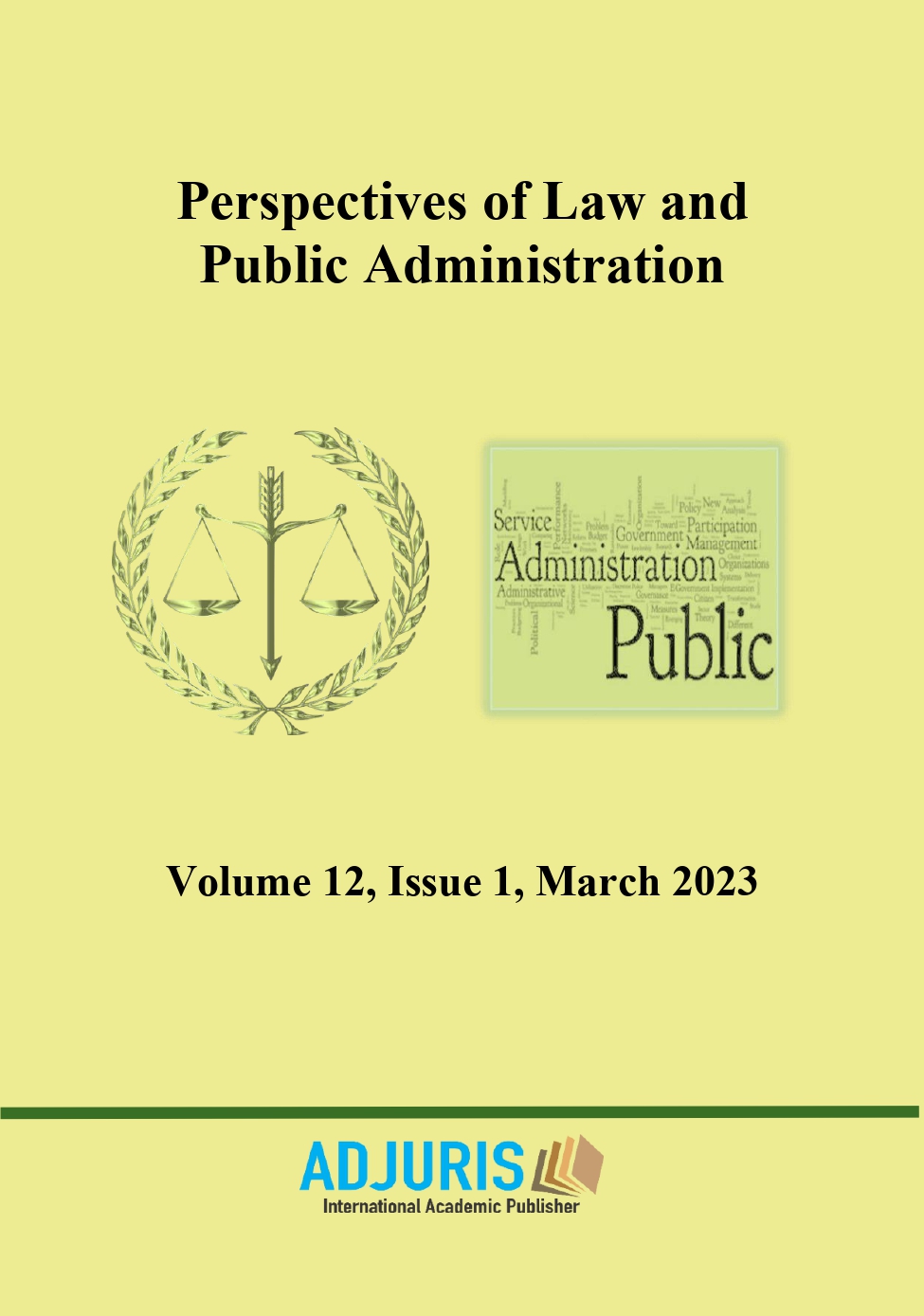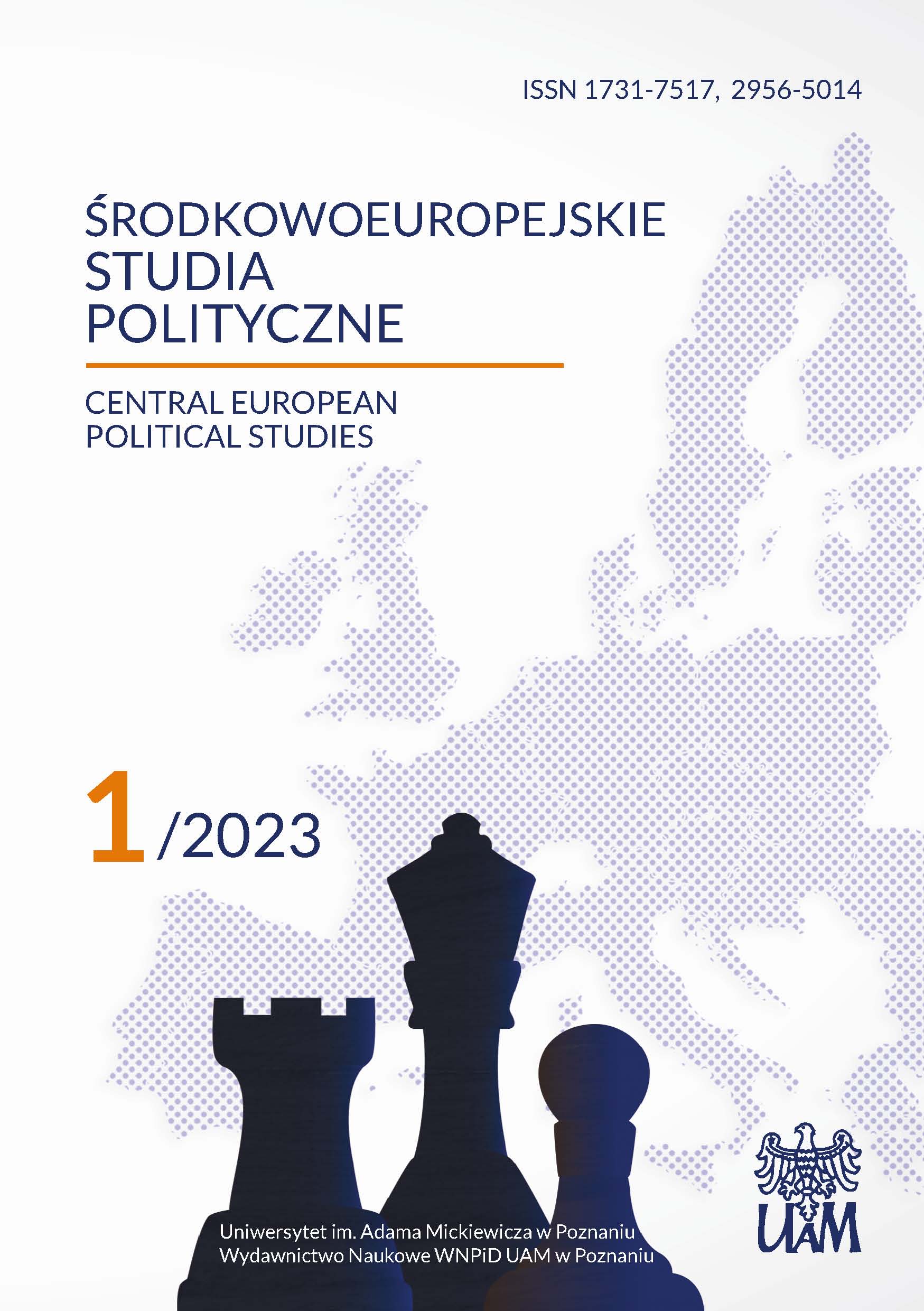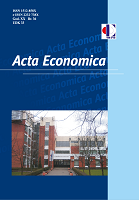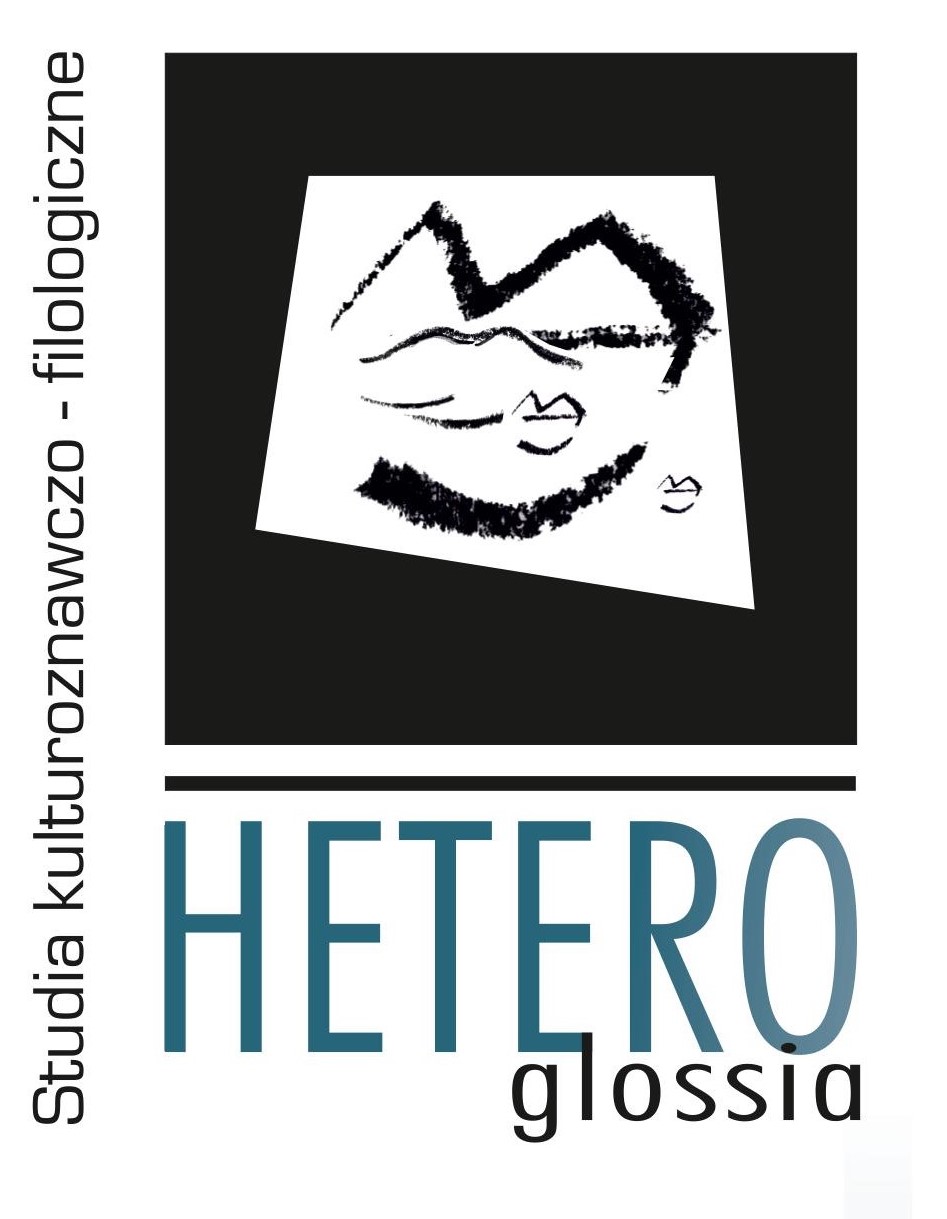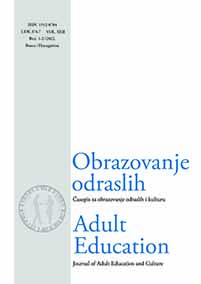
Ususret potrebama za profesionalnim razvojem arhitekata: Modeli integrisanja BIM-a u obrazovne programe
Meeting Professional Development Needs of Architects: Models for Integrating BIM into Education Programs
Keywords: education needs; professional development of architects; university programs; Building Information Modeling (BIM);
There is a need for innovation in the education and further professional development of architects which will enable them acquire and develop the future-oriented knowledge and skills. In the knowledge society, learning takes place in an array of different contexts and lasts as long as an individual is keen on developing new knowledge or skills. However, initial preparation through university programs is essential for the professionalization of the field and development of professional identity in an individual. Yet, university is traditionally resistant and sceptic to changes, especially those coming from the industry or other market-oriented sectors. This makes university experts search for suitable models of introducing innovations. This paper discusses the models questioned in relation to the introduction of the Building Information Modelling (BIM) in architectural education. It is considered a paradigmatic change in engineering education, which requires specific capacities for its successful implementation in the education programs. Three models are discussed; BIM in education frameworks, stand-alone BIM courses, and BIM in the design studio.
More...

